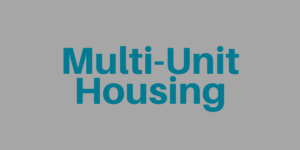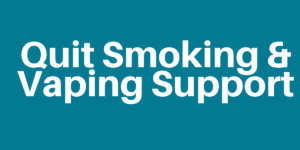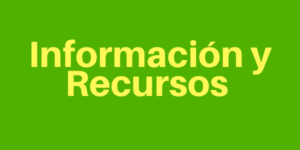Vista Community Clinic’s Tobacco Program is the leader in tobacco control and prevention across North San Diego County. We work with community members and partners to promote smoke and tobacco free environments, prevent youth access to tobacco products and help people stop smoking through public health policy.
Project initiatives focus on the following:
- Reduce exposure to secondhand smoke in homes, apartment complexes, parks, outdoor dining areas and other outdoor places
- Reduce youth and young adult access to tobacco products in the retail environment, including electronic smoking devices (i.e. e-cigarettes or vapes)
- Smoking cessation support and classes
- Youth leadership and advocacy group
 Follow us on Facebook @vcctobacco for resources, information, local, state and national tobacco-related news and upcoming events and trainings
Follow us on Facebook @vcctobacco for resources, information, local, state and national tobacco-related news and upcoming events and trainings
Follow us on Instagram and Youtube @sdstayinformed to stay up-to-date on VCC Tobacco Control events, news and facts
If you have any questions of would like more information, please contact us.







